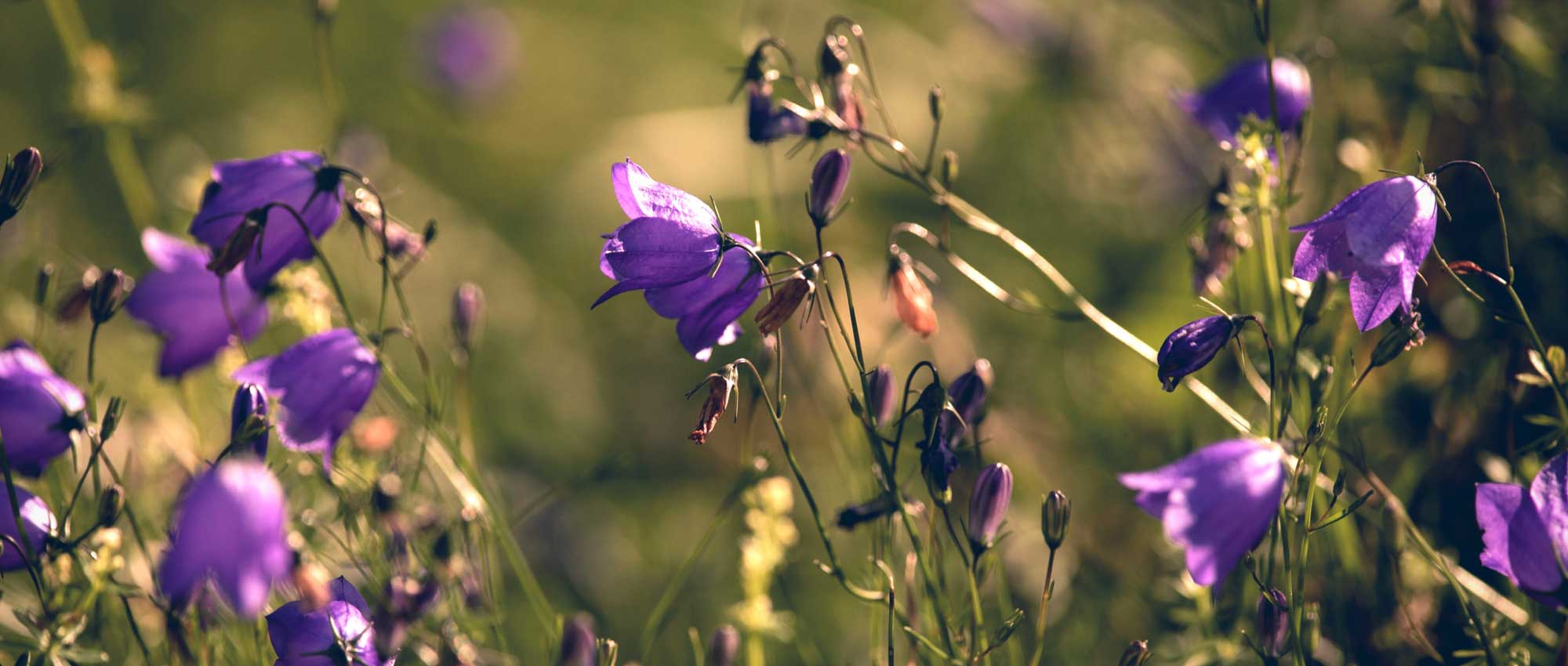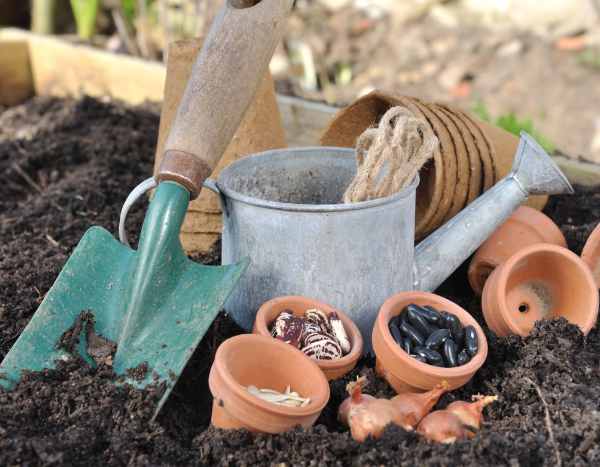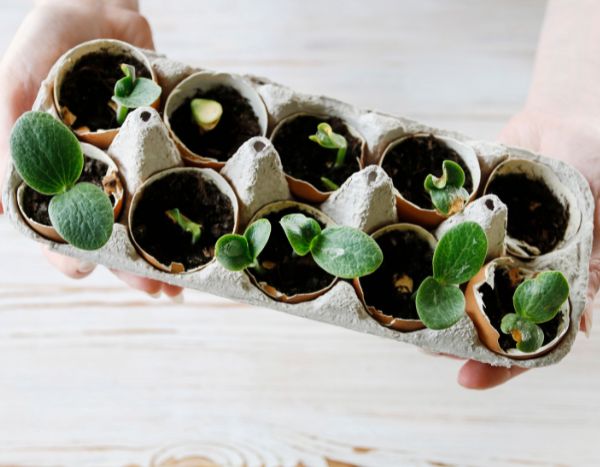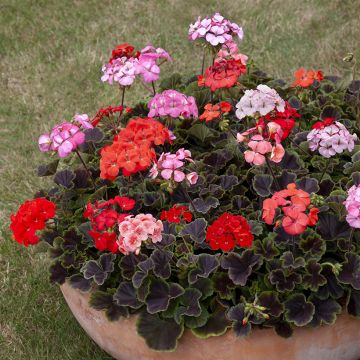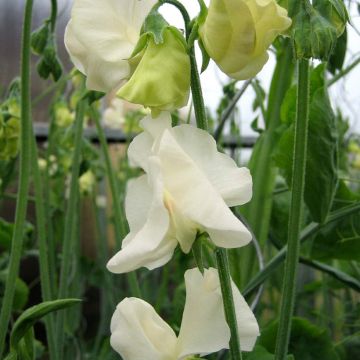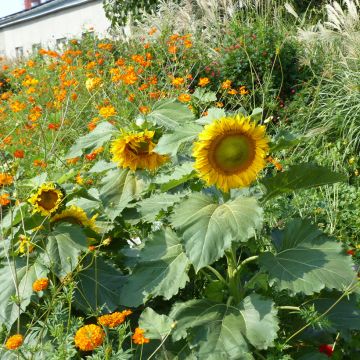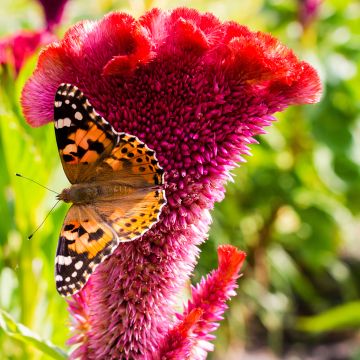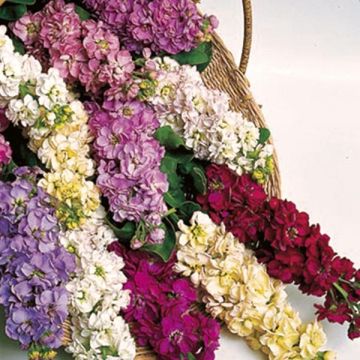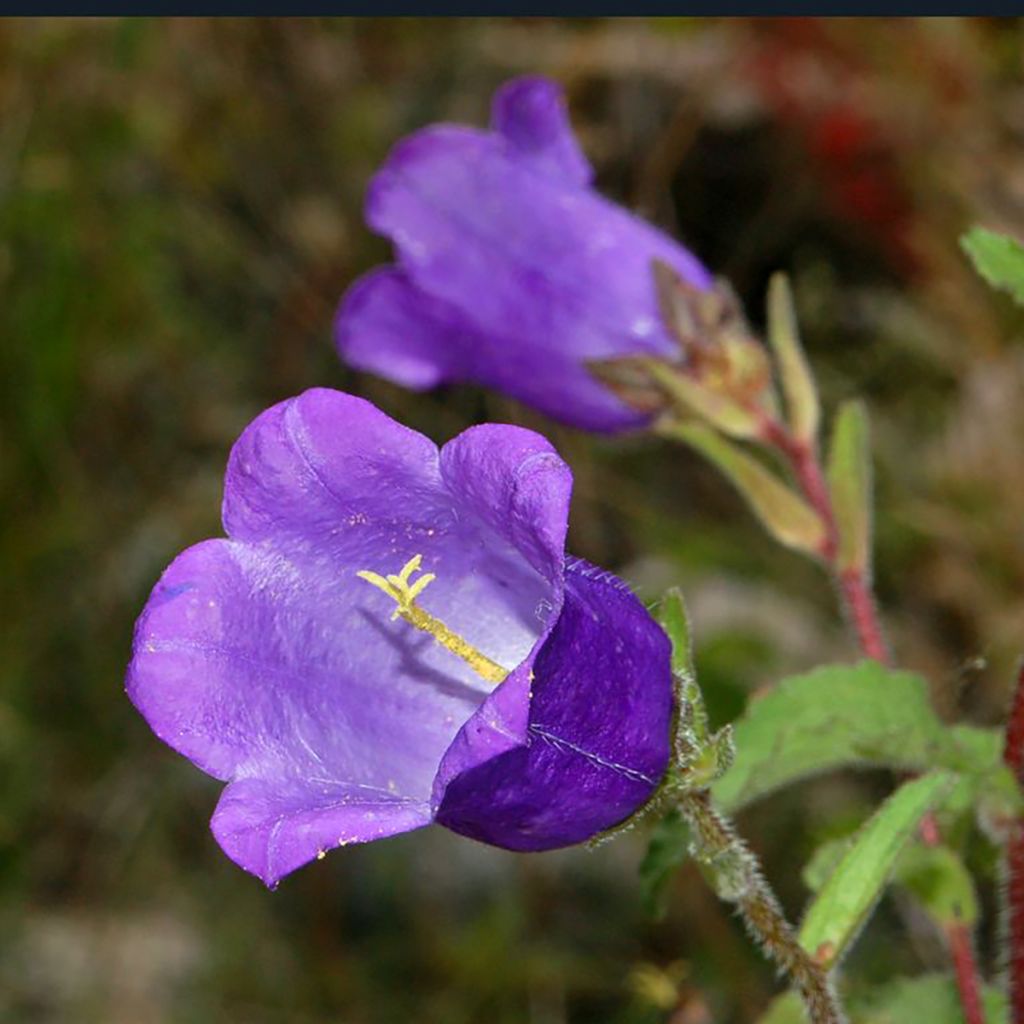

Campanula medium Blue Bell - Canterbury bells seeds
Campanula medium Blue Bell - Canterbury bells seeds
Campanula medium
Canterbury bells, Bellflower, Calycanthema
Special offer!
Receive a €20 voucher for any order over €90 (excluding delivery costs, credit notes, and plastic-free options)!
1- Add your favorite plants to your cart.
2- Once you have reached €90, confirm your order (you can even choose the delivery date!).
3- As soon as your order is shipped, you will receive an email containing your voucher code, valid for 3 months (90 days).
Your voucher is unique and can only be used once, for any order with a minimum value of €20, excluding delivery costs.
Can be combined with other current offers, non-divisible and non-refundable.
Home or relay delivery (depending on size and destination)
Schedule delivery date,
and select date in basket
This plant carries a 6 months recovery warranty
More information
We guarantee the quality of our plants for a full growing cycle, and will replace at our expense any plant that fails to recover under normal climatic and planting conditions.
Would this plant suit my garden?
Set up your Plantfit profile →
Description
Campanula medium is commonly known as Canterbury Bells, likely due to its bell-shaped flowers. As a biennial plant, it completes its life cycle over two years before dying back. It is in the second year that it will produce large clusters of single flowers in various bluish hues, as the seed packet does not contain a single variety but will yield individuals with a certain diversity of shades. Sowing is easy and will produce numerous young plants due to the small size of the seeds. Planted en masse, this Campanula makes a striking impact and will easily find a place within a flower bed, where its tall flowering stems will animate spring and summer. It is also valuable for creating very beautiful bouquets.
Campanula medium is a herbaceous plant from the Campanulaceae family, from which it gets its name. This highly diverse botanical family includes approximately 2000 herbaceous or woody species, spread across nearly all climate zones of the globe. While Campanula is the most well-known genus, Lobelias are equally appreciated in gardens. There are over 250 species of Campanulas, distributed in the temperate zones of the Northern Hemisphere.
Campanula medium is native to southern Europe. This biennial with an erect habit and relatively slow growth forms clumps of narrow leaves. In spring and early summer of the second year, it forms sturdy stems, sometimes over 1 metre in height. They become covered with bell-shaped flowers, with upturned edges, in shades ranging from white to blue through pink, with self-seeding being a source of great genetic variability. There are several horticultural varieties, some shorter than the typical plant, and available in different colours, with single or double bells of variable size.
These Canterbury Bell seeds will produce entirely single flowers, in different shades of light to intense blue. In the first year, a few weeks after sowing, the plant develops a clump whose basal rosette consists of medium to dark green, slightly waffled, hairy leaves, with a wavy, crinkled margin. In the second year, the Campanula produces flowering stems that rise to about 65 cm, or even more, in spring, which become adorned with numerous bluish bell-shaped flowers 3 to 4 centimetres long. Flowering is followed by the formation of capsules containing a great many small seeds (from 5000 to 12000 per gram!) that self-seed easily in the garden.
Sowing your single blue Canterbury Bell seeds will allow you to obtain numerous young plants that you can plant en masse, or in clumps within a mixed border, preferably in slightly moist soil and under light shade. Their utterly romantic charm will pair perfectly with Peonies, with their large, often intricate flowers, as well as with Old Roses, some of which add the pleasure of scent. Also use them for bouquets, mixing them with Baby's Breath to decorate your house in summer.
Flowering
Foliage
Plant habit
Botanical data
Campanula
medium
Campanulaceae
Canterbury bells, Bellflower, Calycanthema
Campanula medium var. calycanthema
Cultivar or hybrid
Planting and care
Sowing can be done in two ways:
1/ Early in the season, from February to April, under a shelter heated to 18°C or in a propagator. Fill a seed tray with seed compost, sow the seeds on the surface, barely covering them with compost, or better still, with vermiculite, as they need light to germinate. Keep the substrate moist, but not excessively, and ventilate regularly to prevent the development of seedling rot. When the seedlings start to grow, prick them out into 7 cm modules or small 8 or 9 cm pots to grow them on. When the roots have sufficiently filled the compost, plant them in their final position in open ground at a density of about 10 young plants/m².
2/ You can also sow in late spring/early summer directly in open ground in well-prepared and well-loosened soil. Distribute the very fine seeds in furrows, at a depth of 6 mm, spaced 15 cm apart. Prick out the seedlings before they become too developed, spacing them 15 cm apart, in a seed bed. Plant outdoors in their final position, maintaining a distance of 38 cm between each plant.
While not difficult to grow, it is essential to provide this campanulate with rich and deep soil and ensure it does not lack water. Full sun tends to fade its colours; light shade gives the best results.
Sowing period
Intended location
Planting & care advice
This item has not been reviewed yet - be the first to leave a review about it.
Similar products
Haven't found what you were looking for?
Hardiness is the lowest winter temperature a plant can endure without suffering serious damage or even dying. However, hardiness is affected by location (a sheltered area, such as a patio), protection (winter cover) and soil type (hardiness is improved by well-drained soil).

Photo Sharing Terms & Conditions
In order to encourage gardeners to interact and share their experiences, Promesse de fleurs offers various media enabling content to be uploaded onto its Site - in particular via the ‘Photo sharing’ module.
The User agrees to refrain from:
- Posting any content that is illegal, prejudicial, insulting, racist, inciteful to hatred, revisionist, contrary to public decency, that infringes on privacy or on the privacy rights of third parties, in particular the publicity rights of persons and goods, intellectual property rights, or the right to privacy.
- Submitting content on behalf of a third party;
- Impersonate the identity of a third party and/or publish any personal information about a third party;
In general, the User undertakes to refrain from any unethical behaviour.
All Content (in particular text, comments, files, images, photos, videos, creative works, etc.), which may be subject to property or intellectual property rights, image or other private rights, shall remain the property of the User, subject to the limited rights granted by the terms of the licence granted by Promesse de fleurs as stated below. Users are at liberty to publish or not to publish such Content on the Site, notably via the ‘Photo Sharing’ facility, and accept that this Content shall be made public and freely accessible, notably on the Internet.
Users further acknowledge, undertake to have ,and guarantee that they hold all necessary rights and permissions to publish such material on the Site, in particular with regard to the legislation in force pertaining to any privacy, property, intellectual property, image, or contractual rights, or rights of any other nature. By publishing such Content on the Site, Users acknowledge accepting full liability as publishers of the Content within the meaning of the law, and grant Promesse de fleurs, free of charge, an inclusive, worldwide licence for the said Content for the entire duration of its publication, including all reproduction, representation, up/downloading, displaying, performing, transmission, and storage rights.
Users also grant permission for their name to be linked to the Content and accept that this link may not always be made available.
By engaging in posting material, Users consent to their Content becoming automatically accessible on the Internet, in particular on other sites and/or blogs and/or web pages of the Promesse de fleurs site, including in particular social pages and the Promesse de fleurs catalogue.
Users may secure the removal of entrusted content free of charge by issuing a simple request via our contact form.
The flowering period indicated on our website applies to countries and regions located in USDA zone 8 (France, the United Kingdom, Ireland, the Netherlands, etc.)
It will vary according to where you live:
- In zones 9 to 10 (Italy, Spain, Greece, etc.), flowering will occur about 2 to 4 weeks earlier.
- In zones 6 to 7 (Germany, Poland, Slovenia, and lower mountainous regions), flowering will be delayed by 2 to 3 weeks.
- In zone 5 (Central Europe, Scandinavia), blooming will be delayed by 3 to 5 weeks.
In temperate climates, pruning of spring-flowering shrubs (forsythia, spireas, etc.) should be done just after flowering.
Pruning of summer-flowering shrubs (Indian Lilac, Perovskia, etc.) can be done in winter or spring.
In cold regions as well as with frost-sensitive plants, avoid pruning too early when severe frosts may still occur.
The planting period indicated on our website applies to countries and regions located in USDA zone 8 (France, United Kingdom, Ireland, Netherlands).
It will vary according to where you live:
- In Mediterranean zones (Marseille, Madrid, Milan, etc.), autumn and winter are the best planting periods.
- In continental zones (Strasbourg, Munich, Vienna, etc.), delay planting by 2 to 3 weeks in spring and bring it forward by 2 to 4 weeks in autumn.
- In mountainous regions (the Alps, Pyrenees, Carpathians, etc.), it is best to plant in late spring (May-June) or late summer (August-September).
The harvesting period indicated on our website applies to countries and regions in USDA zone 8 (France, England, Ireland, the Netherlands).
In colder areas (Scandinavia, Poland, Austria...) fruit and vegetable harvests are likely to be delayed by 3-4 weeks.
In warmer areas (Italy, Spain, Greece, etc.), harvesting will probably take place earlier, depending on weather conditions.
The sowing periods indicated on our website apply to countries and regions within USDA Zone 8 (France, UK, Ireland, Netherlands).
In colder areas (Scandinavia, Poland, Austria...), delay any outdoor sowing by 3-4 weeks, or sow under glass.
In warmer climes (Italy, Spain, Greece, etc.), bring outdoor sowing forward by a few weeks.






























